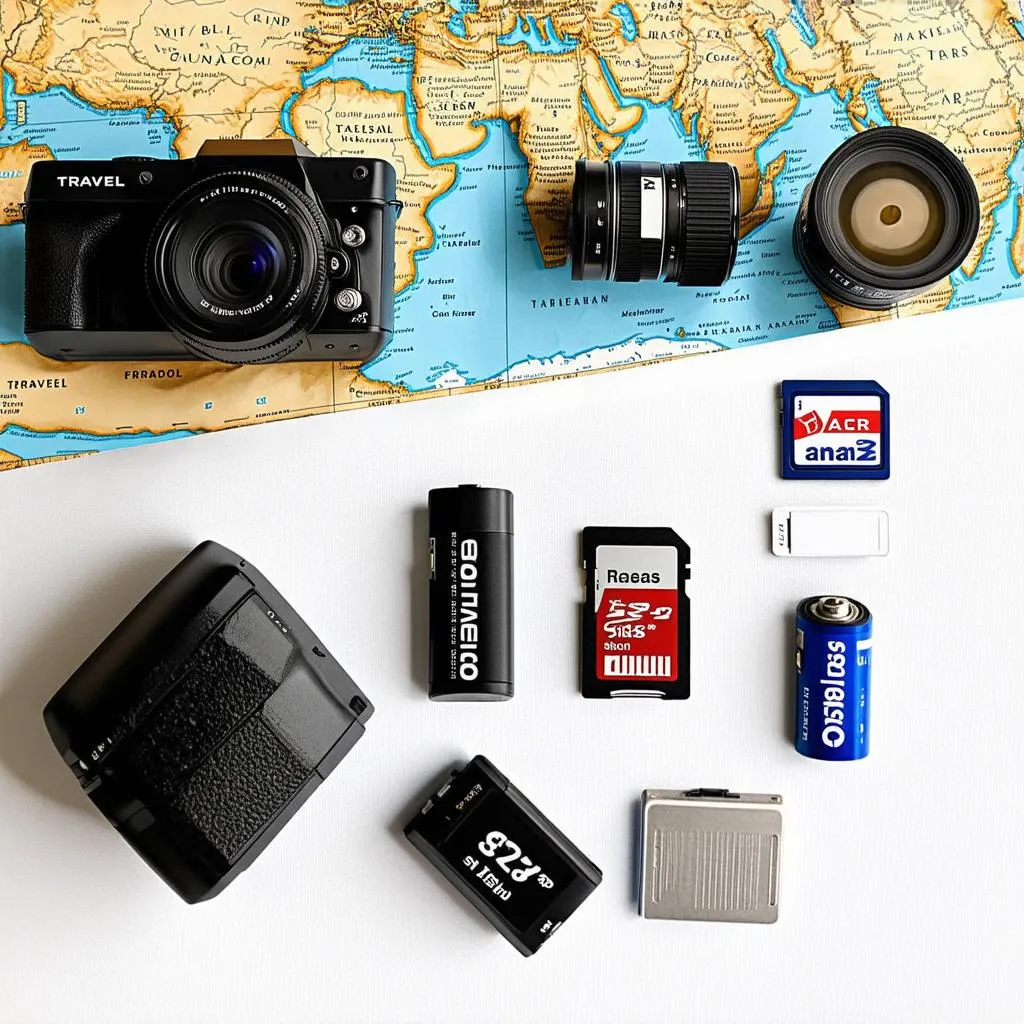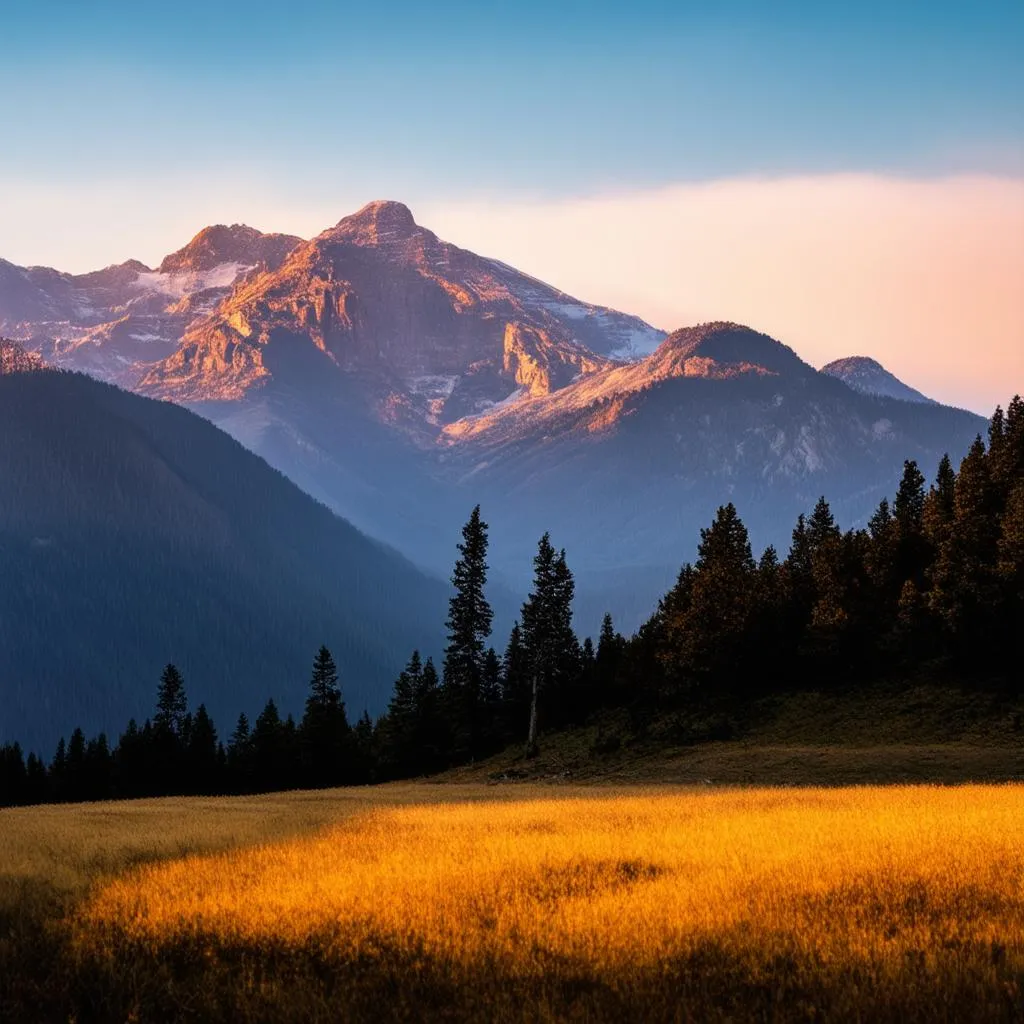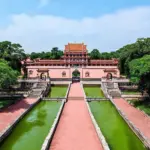Have you ever been captivated by a breathtaking sunset over the ancient ruins of Rome, or felt your heart race while witnessing the vibrant Holi festival in India? Travel has a way of etching itself onto our souls, and what better way to preserve these cherished memories than through the lens of a camera? But with so many options flooding the market, choosing the best travel camera can feel like navigating a labyrinth.
Don’t worry, fellow explorer, you’ve come to the right place! This guide will equip you with everything you need to know to find the perfect travel companion for capturing those unforgettable moments.
Finding Your Perfect Travel Photography Partner
The “best” travel camera isn’t one-size-fits-all. It depends entirely on your individual needs, photography style, and the adventures you seek.
Types of Travel Cameras: A Breakdown
1. Smartphones: Yes, your pocket companion deserves a mention! Modern smartphones boast incredibly capable cameras, especially for casual photographers. They’re compact, convenient, and instantly shareable – ideal for capturing spontaneous moments on city breaks or sharing your culinary discoveries from street food stalls in Bangkok.
2. Point-and-Shoot Cameras: For those seeking a step up in image quality and creative control without sacrificing portability, point-and-shoot cameras are a fantastic option. They’re user-friendly, often with impressive zoom capabilities, making them perfect for capturing wildlife on an African safari or architectural wonders like Angkor Wat.
3. Mirrorless Cameras: Striking a balance between image quality and portability, mirrorless cameras are gaining immense popularity among travel photographers. Their interchangeable lenses offer incredible versatility, allowing you to shift from capturing vast landscapes in Iceland to intimate portraits in a Moroccan marketplace.
4. DSLR Cameras: The gold standard for professional photographers, DSLRs are renowned for their exceptional image quality, robust build, and vast lens selection. While bulkier than their mirrorless counterparts, their battery life and performance in challenging lighting conditions make them a favorite for dedicated photographers tackling challenging treks in the Himalayas or capturing the magic of the Northern Lights.
Key Features to Consider
Now that you have a better understanding of the different types, let’s delve into the essential features to consider when making your decision:
- Image Quality and Sensor Size: Larger sensors generally translate to better image quality, especially in low-light conditions.
- Lens Options: Interchangeable lenses offer unmatched flexibility, allowing you to adapt to diverse shooting scenarios.
- Size and Weight: A compact and lightweight camera is crucial for long days of exploring bustling markets or navigating crowded airports.
- Durability and Weather Sealing: If you’re an adventurous soul planning treks through rainforests or climbs up snow-capped mountains, consider a weather-sealed camera for added protection.
- Video Capabilities: For capturing those dynamic moments, consider a camera with high-quality video recording capabilities.
- Budget: Travel cameras come in a wide price range, so it’s essential to set a budget that aligns with your needs.
 Travel Photography Gear
Travel Photography Gear
Planning Your Photography Adventures
“A camera is a tool for learning how to see without a camera.” – Dorothea Lange
Investing in the right camera is only part of the equation. Equally important is planning your photography adventures to maximize your creative potential.
Embrace the Art of Observation
Before you even touch your camera, take the time to truly observe your surroundings. Look for unique angles, interesting compositions, and those fleeting moments of human connection that tell a story.
Pro Tip: “In photography, the smallest thing can be a great subject. The little human element can be your greatest composition tool.” – Renowned travel photographer, Anya Sharma, in her book “Capturing the World: A Photographer’s Guide”
Harness the Power of Light
Light is the paintbrush of photography. Experiment with shooting during the golden hours (shortly after sunrise and before sunset) for soft, warm light that bathes your images in a magical glow.
Did You Know? According to ancient Feng Shui principles, incorporating elements of nature into your photography can enhance the energy and balance of your images. Consider framing your shots with natural elements like trees, water, or rocks to create a sense of harmony.
 Golden Hour Photography
Golden Hour Photography
FAQs: Addressing Your Travel Camera Queries
1. What is the best camera for travel and everyday use?
For a versatile option that excels in both travel and everyday situations, a mirrorless camera with a kit lens is a fantastic choice.
2. Do I need a waterproof camera for travel?
A waterproof camera isn’t essential for all travelers, but it’s highly recommended if you plan on engaging in water sports, exploring rainforests, or venturing to destinations with unpredictable weather.
Embark on Your Photographic Journey
Choosing the right camera is an exciting step towards capturing the beauty of our world. Remember, the most important tool is your own creativity and perspective. So, pack your bags, embrace the spirit of adventure, and let your camera be your guide as you explore the hidden gems and iconic landmarks that await.
Don’t forget to share your incredible travel photography experiences with us! We’d love to hear about your adventures and see the world through your lens. For more travel inspiration and tips, visit us at travelcar.edu.vn. Happy travels!

